In recent years, the pharmaceutical industry has been a subject of public and political debate due to the rising cost and limited availability of prescription medications.
In recent years, the pharmaceutical industry has been a subject of public and political debate due to the rising cost and limited availability of prescription medications. While there have been advancements of pharmaceutical sales in biotech startups, the large pharma corporations still control the majority of the market. Other challenges to the pharma industry include researching and developing new drugs to fight difficult diseases, dealing with insurance companies over coverage, and higher manufacturing costs. As technologies advance, so do some of the drugs available and there are new avenues of manufacturing and tailoring drugs to the specific patient. All of these factors play a part in influencing the future of pharma. In this post, we will discuss these factors and what that could mean for pharmaceutical companies and consumers.
The BIG Debate
As mentioned above, pharmaceutical companies have been under scrutiny and public backlash due to the rising costs of drugs to consumers. The rising costs are two fold – one because some drug companies have cornered the market for specific drugs. Two, the costs that were intended for insurance companies are being passed along to the patients’ out-of-pocket costs when insurance refuses to provide coverage for certain medications. This has created a huge debate to whether or not these large pharma companies are really helping consumers or just out to make the most profits. The pharma corporations site their investors as fueling the price increases while medication costs have stayed relatively stable. The increasing price of prescriptions has made it hard for some to afford their medications. In some cases, consumers are having to choose to purchase their medications instead of food because their insurance will not pay the high priced premiums. This is especially true for medications that treat specialized diseases and cancers or those that are made explicitly for the specific patient.
Projected pharmaceutical sales are shown to rise over the next five years which makes politicians and consumers wonder if prices will also continue to rise. The debate continues over whether legislators should interfere with the inflation rates and step in to assist the health insurance companies and consumers. Medication should be affordable for all and with the U.S. making up almost 50% of all pharmaceutical sales – this topic will be up for discussion for many years to come.
Biotechnology Start Up Companies
A new sector of the pharma industry are the biotech companies that are making newer medications and treating tougher or rarer diseases. Most of these companies are started by patients who feel that they are not getting adequate treatment from big pharma companies. They have innovated the way drugs are made, how the company interacts/communicates with its consumers and providers, and improved the transparency of the pharmaceutical industry by being more accessible through social media outlets. As more of these companies’ launch, people will be given more options and greater access to their medications and healthcare.
Technological Advancements
As with most industries, pharma manufacturing has made some improvements with advanced emerging technologies. Some companies have started to offer digital medication instructions which are virtual visualizations that help the consumer know how to take their medication, if the medication is working effectively and how it performs on the body. By giving their consumers an inside look on how the medication works and how to take it – pharma companies are looking to improve compliance and adherence while reducing risks.
Companies have also started diversifying their medications so that they are no longer “one size fits all”. As evident from the past, not all users are the same even though they may suffer from the same disease. Pharmaceutical companies are looking to change the way they treat illness by tailoring the medication to fit the patient. This will improve treatments, reduce treatment times and reduce adverse side effects.
The use of 3D printers has greatly increased in 2016 and some pharmaceutical companies have also jumped on this trend by printing customizable drugs. Spritam, the first 3D printed drug, made to treat epilepsy, was approved by the FDA in 2015 opening up a brand new avenue for drug manufacturing. Not only would this be cheaper but also a more effective way of making prescriptions as the 3D printers can create drugs that are processed faster and more successful at treating the disease.
Conclusion
The pharma industry is unique in how it directly influences and deals with its consumers. Large pharma companies are seen as impersonal and greedy when it comes to tailoring medications and making them affordable. Despite efforts to lower costs, the relationship between pharma and insurance companies has a direct impact on how much consumers will end up paying for prescriptions. As the costs of manufacturing and R&D continue to increase so does the medication which is causing some consumers to start up their own biotechnology companies. These new startups provide an alternative to medications that wasn’t available until recent years. The goal with the new companies is to provide better medications for cheaper costs and help consumers understand their medications. By opening the doors of communication with the patient, these newer (and some traditional) pharma companies have been seeing better results and more patient compliance.
The way that these companies are manufacturing medications is also improving. New manufacturers are utilizing technologies like 3D printing to design new, improved drugs that are tailored to the specific patient. This tailoring of prescriptions to fit the individual person’s needs will continue to be on the fore front of consumers and pharma companies concerns.
Stopping the rising cost of medications for consumers should be the greatest concern for the pharma business, and the industry needs to be able to communicate effectively with insurance companies and with their own consumers. This type of cost intervention may require legislators to take action in the future so that all citizens can afford their medication and healthcare. The future of pharma will depend on how some companies adapt to new technologies and listen to the needs of their customers.





